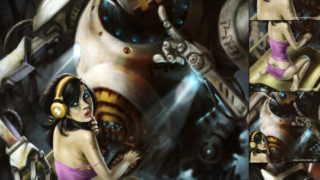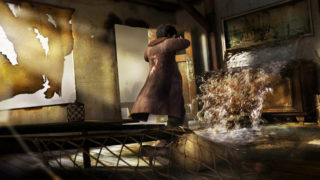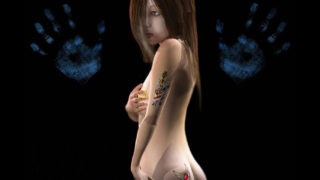
The Making of Blood elf
This tutorial will covers some of the interesting steps of producing this image. Starting with what sparked the idea, and covering the modeling, texturing, rendering and compossiting. I will also share a few tips and tricks as I show the process.
| This tutorial will covers some of the interesting steps of producing this image. Starting with what sparked the idea, and covering the modeling, texturing, rendering and compossiting. I will also share a few tips and tricks as I show the process. | |||||

|
|||||
 |
|||||
    |
|||||
|
|
|||||
|
|||||
 |
|||||
 |
|||||
|
|
|||||
|
|||||
 |
|||||
      |
|||||











